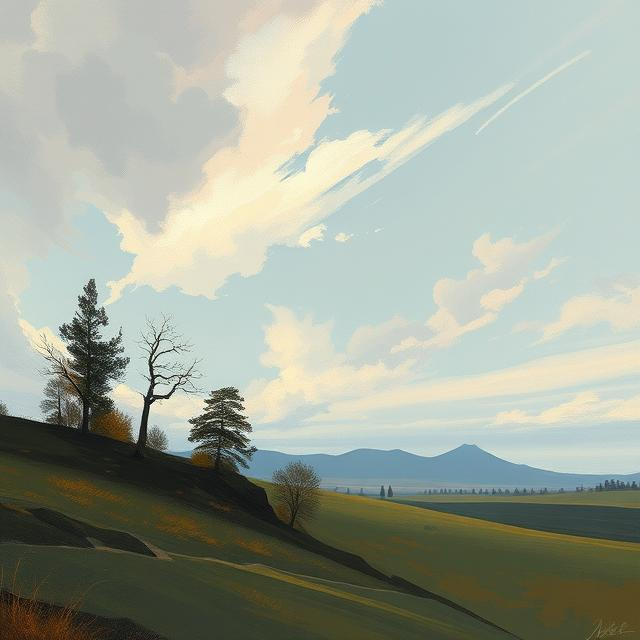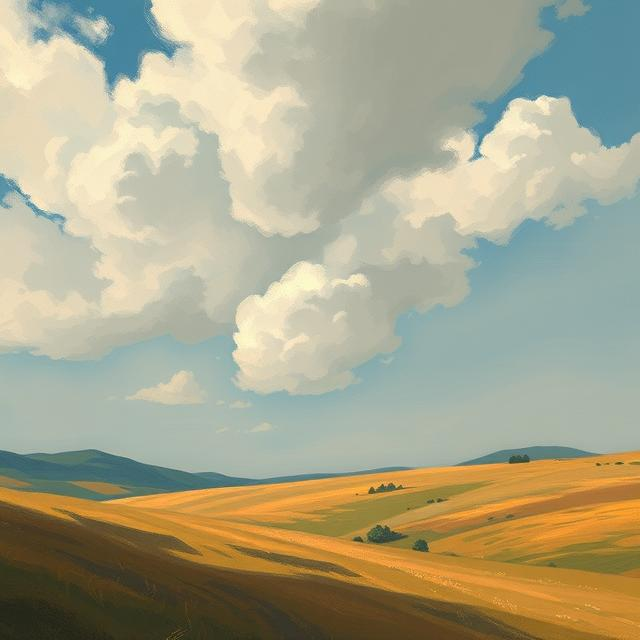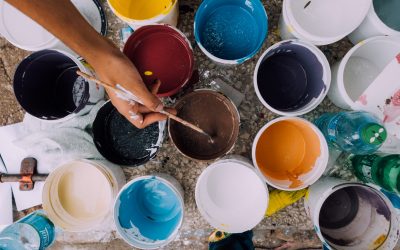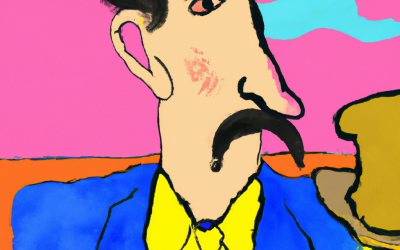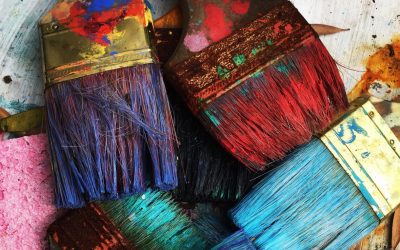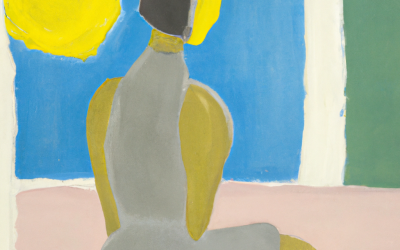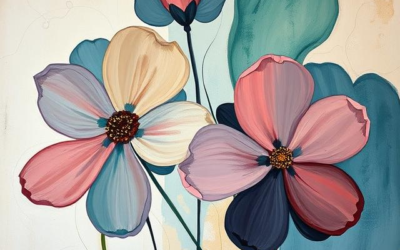Building an audience for your art is like throwing a party—you want the right people to show up, engage, and maybe even bring snacks (or in this case, money). But where do you send out the invitations? Should you focus on your local scene, shaking hands and showing up at every gallery night? Or should you put all your energy into the vast, unpredictable world of the internet, hoping to go viral?
Both have their pros and cons, and the right answer depends on your goals, personality, and medium. Let’s break it down and figure out the best way to get your art in front of the right eyeballs.

The Case for Going Online: Unlimited Reach, But a Sea of Noise
If you’ve ever posted your work online and heard nothing but digital crickets, you know that while the internet offers endless possibilities, it’s also a crowded space. Platforms like Instagram, TikTok, and YouTube allow artists to reach people across the globe, but they also demand consistency, strategy, and often, a willingness to play the algorithm game.
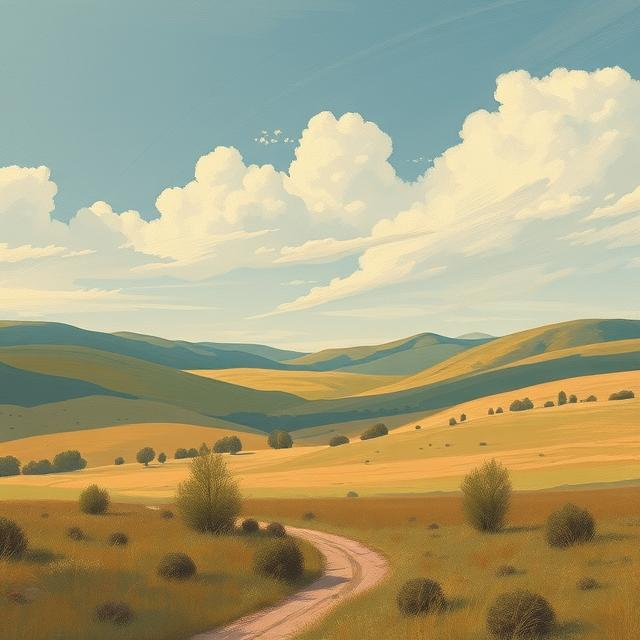
Pros of Building an Audience Online
- Unlimited Reach – You’re not restricted by geography.
- Scalability – The more effort you put in, the greater the reward.
- Multiple Income Streams – Monetize through prints, commissions, online classes, or even NFTs (if that’s your thing).
- Community Building – Find like-minded people worldwide, not just in your neighborhood.
Cons of Building an Audience Online
- Oversaturation – Everyone and their grandmother is posting art online.
- Algorithm Roulette – Your visibility depends on forces beyond your control.
- Time-Consuming – Posting regularly, engaging with followers, and creating content can take time away from actually making art.
The Local Route: Slower Growth, But Stronger Connections
On the other hand, focusing on your local scene can yield deep, meaningful connections with real people. Galleries, art fairs, local markets, and networking events provide hands-on exposure that an Instagram reel just can’t replicate.
Pros of Building a Local Audience
- Stronger Personal Connections – People are more likely to buy art from someone they’ve met in real life.
- Easier to Stand Out – If your town isn’t saturated with artists, you can become a big fish in a small pond.
- Local Press and Word-of-Mouth – Newspaper features and radio interviews can help you gain credibility.
- Less Reliance on Social Media – No need to chase likes and follows.
Cons of Building a Local Audience
- Limited Reach – You can only engage with those in your immediate area.
- Slower Growth – It takes time to build relationships and credibility.
- Less Passive Income – Online platforms offer ongoing revenue through digital sales, while local events are often one-time opportunities.
Success Stories: Artists Who Made It Work
The Online Maverick: Loish (Illustrator)
Dutch digital artist Loish built her audience primarily online, using platforms like DeviantArt, Instagram, and Patreon. By consistently sharing her work and offering tutorials, she grew an enormous following, leading to book deals and collaborations with major brands.
The Local Legend: Tyree Guyton (Heidelberg Project)
Detroit-based artist Tyree Guyton turned his neighborhood into a massive outdoor art installation, The Heidelberg Project. By focusing locally, he gained international recognition, proving that grassroots efforts can lead to global success.
The Hybrid Approach: Amanda Palmer (Musician & Performance Artist)
Amanda Palmer built a cult following by mixing online crowdfunding (Kickstarter, Patreon) with deep, personal engagement at live shows and local meetups. This hybrid approach allowed her to maintain artistic independence while cultivating a fiercely loyal fan base.
So, Which is Better?
It really depends on your personality and goals. If you thrive on digital marketing and want to sell work globally, go online. If you prefer face-to-face connections and a strong local reputation, keep it offline. And if you can manage both, you might just get the best of both worlds.
Ultimately, how to build an audience for art is about consistency, authenticity, and choosing the platform that best suits your strengths. Whether you’re streaming live paintings on Twitch or shaking hands at a local gallery opening, the key is showing up, again and again, until the right people find you.
Find Your Tribe
If you’re just starting out, experiment with both methods. Post online while attending local art events. See where you get the best response. Some artists will find their tribe in the comment section of an Instagram post, while others will build a loyal following through in-person workshops.
No matter what, keep creating, keep sharing, and remember: the right audience for your art is out there—you just have to find them.


